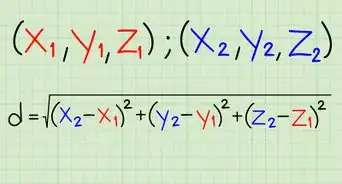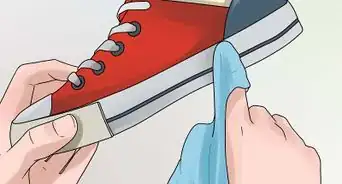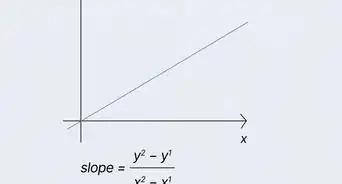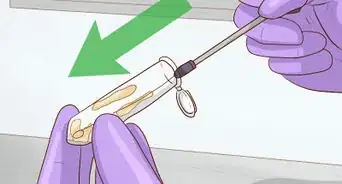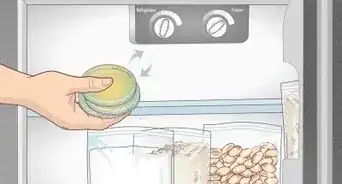This article was co-authored by wikiHow staff writer, Hannah Madden. Hannah Madden is a writer, editor, and artist currently living in Portland, Oregon. In 2018, she graduated from Portland State University with a B.S. in Environmental Studies. Hannah enjoys writing articles about conservation, sustainability, and eco-friendly products. When she isn’t writing, you can find Hannah working on hand embroidery projects and listening to music.
There are 7 references cited in this article, which can be found at the bottom of the page.
This article has been viewed 18,113 times.
Learn more...
Furnace and air conditioning units rely on the air flow inside of their vents to properly intake and output air. The total external static pressure, or TESP, is a great indicator of a unit’s health and can point you in the direction of a problem. To measure the static pressure of your unit, use a manometer to get a digital reading and test TESP, coil pressure drop, and filter pressure drop by inserting your probes into various areas of the furnace.
Steps
Inserting a Manometer into Your Furnace
-
1Plug your pressure probes into the digital manometer and turn it on. Generally, a manometer will have 2 inputs for pressure probes: channel A and channel B. Pressure hoses look like long, rubber tubes, and the probes look like small metal hooks. Attach your pressure hoses to each input point and then attach the static pressure probes to each hose. If your manometer has a magnet on the back, place it on the furnace for easy access. Press the power button to turn the manometer on.[1]
- You can purchase a digital manometer at most hardware stores for under $40.
- The probes and hoses come with the manometer when you purchase it.
- For large or industrial furnaces, you can use up to 4 probes. For residential furnaces, use only 2 probes.
-
2Insert the channel A probe into the gas or electric furnace before the fan. Slide your first probe into the hole on the furnace that is situated before the fan. This hole is on the front of the furnace and may be situated near the filter. Point the very end of your probe downward toward the airflow of the fan.[2]
- If you are unclear on where the parts of your furnace are, consult your user’s manual.
Tip: If you are measuring a downflow furnace, the channel A probe will go on top of the fan.
Advertisement -
3Put your channel B probe into the furnace after the fan. Slide your channel B probe into the furnace after the flow of air through the fan. Point the end of the probe downward toward the airflow of the furnace.[3]
- If there is not a hole in the furnace after the fan, use a drill and a stepped-up drill bit to make a small hole near the coil of the furnace. This will be situated on the middle section of the furnace near the filter. Do not drill near or on top of the heat exchanger, or you could damage it.[4]
Measuring TESP, Coil Pressure, and Filter Pressure
-
1Add the 2 numbers from your manometer together. Check your manometer to see what it is displaying. If one of the numbers is negative, treat it like a positive when you add your numbers together. Add the numbers on the manometer display to get a reading for your total external static pressure, or TESP, in inches of water column.[5]
Tip: Manometers measure in “inches of water column,” which is sometimes abbreviated to i.w.c. or “w.c.
-
2Address your static pressure if it is above 0.5 inches (1.3 cm). If the numbers from your manometer add up to less than 0.5 inches (1.3 cm), your TESP is healthy. If they add up to more than 0.5 inches (1.3 cm), your TESP is using too much air flow and should be addressed.[6]
- High static pressure can be caused by multiple things. Consult a professional HVAC technician to determine what can be done to fix your high static pressure.
-
3Insert your probes around the filter to test the area for pressure. The most common cause of extra TESP is a dirty or incorrectly situated filter. Place your channel A probe above your filter and your channel B probe below your filter in the test port that is already there. Check the channel B probe on your manometer to see what it is reading.[7]
-
4Change the filter if your filter pressure is higher than 0.1 inches (0.25 cm). Change the filter and then test it again to see if your total external static pressure went down. If it did not lower after you changed the filter, consult a professional HVAC technician to see what is causing your high filter pressure.[8]
- You can purchase furnace filters from the manufacturer of your specific furnace, or at most hardware stores.
-
5Test the evaporating coil pressure to examine the coil pressure drop. Insert your channel A probe into the test port on top of the coil. Insert the channel B probe after the coil. In most furnaces, this is in the test port near the fan. Add up the numbers that your manometer is displaying.[9]
- The coil in your furnace acts as a heat exchanger. If it is working too hard, it can damage your furnace.
-
6Consult an HVAC technician if your coil pressure is above 1.4 inches (3.6 cm). If your coil pressure is right around 1.4 inches (3.6 cm), it is healthy. If it is significantly above that number, your furnace coil is working too hard and the pressure should be addressed.[10]
Things You’ll Need
- Digital manometer
- Static pressure probe(s)
- Pressure hose(s)
References
- ↑ https://www.youtube.com/watch?v=45gX7Jb60JM&feature=youtu.be&t=37
- ↑ https://www.energystar.gov/sites/default/files/specs/National%20Comfort%20Institute%20-%20Measure%20and%20Interpret%20Static%20Pressures.pdf
- ↑ https://www.youtube.com/watch?v=4seDgHQyIJ4&feature=youtu.be&t=88
- ↑ https://www.youtube.com/watch?v=45gX7Jb60JM&feature=youtu.be&t=129
- ↑ https://www.youtube.com/watch?v=45gX7Jb60JM&feature=youtu.be&t=283
- ↑ https://www.youtube.com/watch?v=45gX7Jb60JM&feature=youtu.be&t=283
- ↑ https://www.energystar.gov/sites/default/files/specs/National%20Comfort%20Institute%20-%20Measure%20and%20Interpret%20Static%20Pressures.pdf
- ↑ https://www.energystar.gov/sites/default/files/specs/National%20Comfort%20Institute%20-%20Measure%20and%20Interpret%20Static%20Pressures.pdf
- ↑ https://www.youtube.com/watch?v=45gX7Jb60JM&feature=youtu.be&t=488
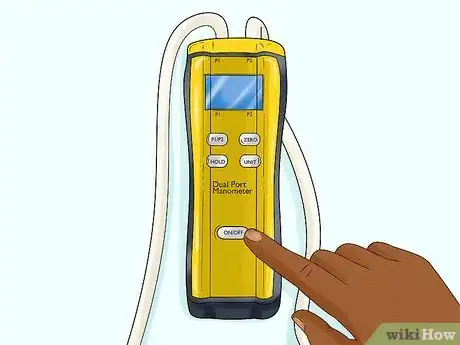
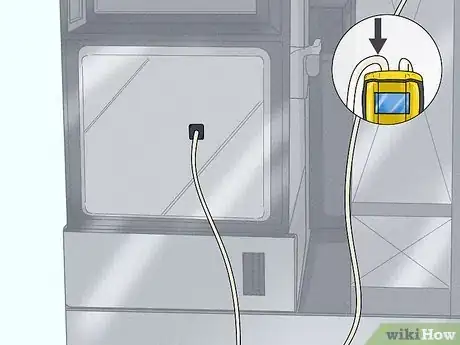
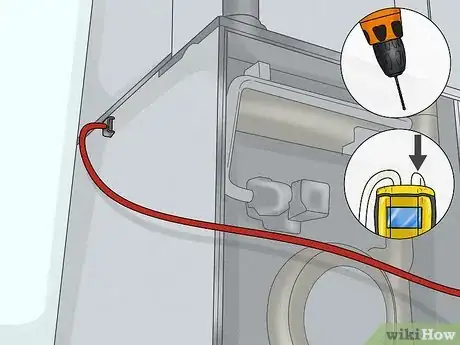
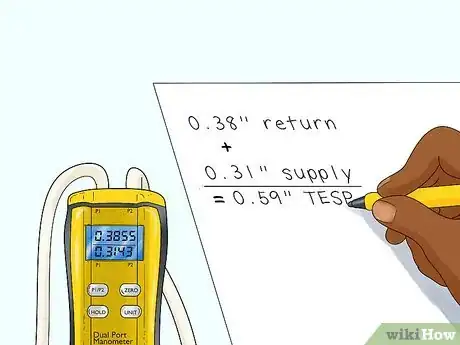
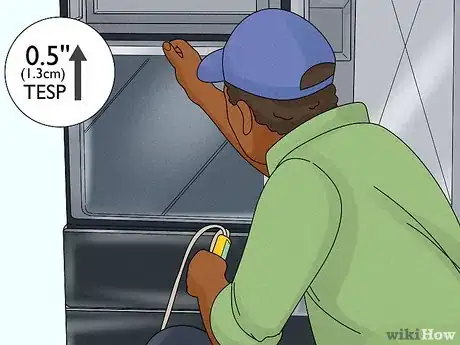

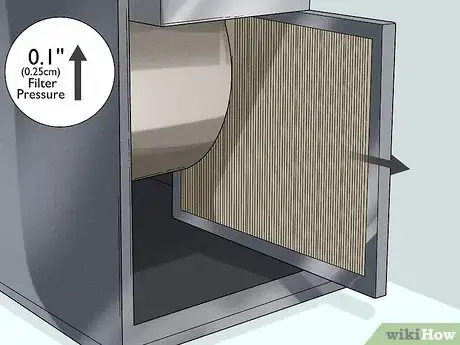

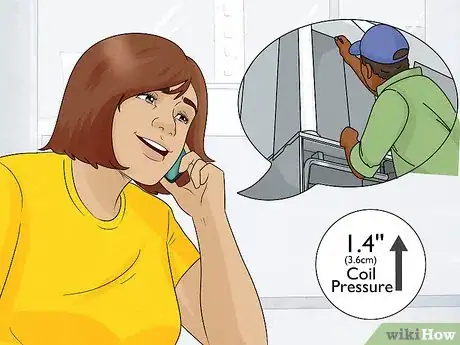
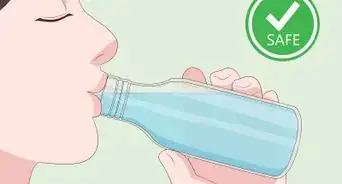
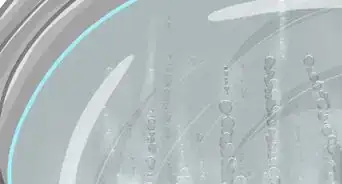

-Electric-Shock-Step-9.webp)
